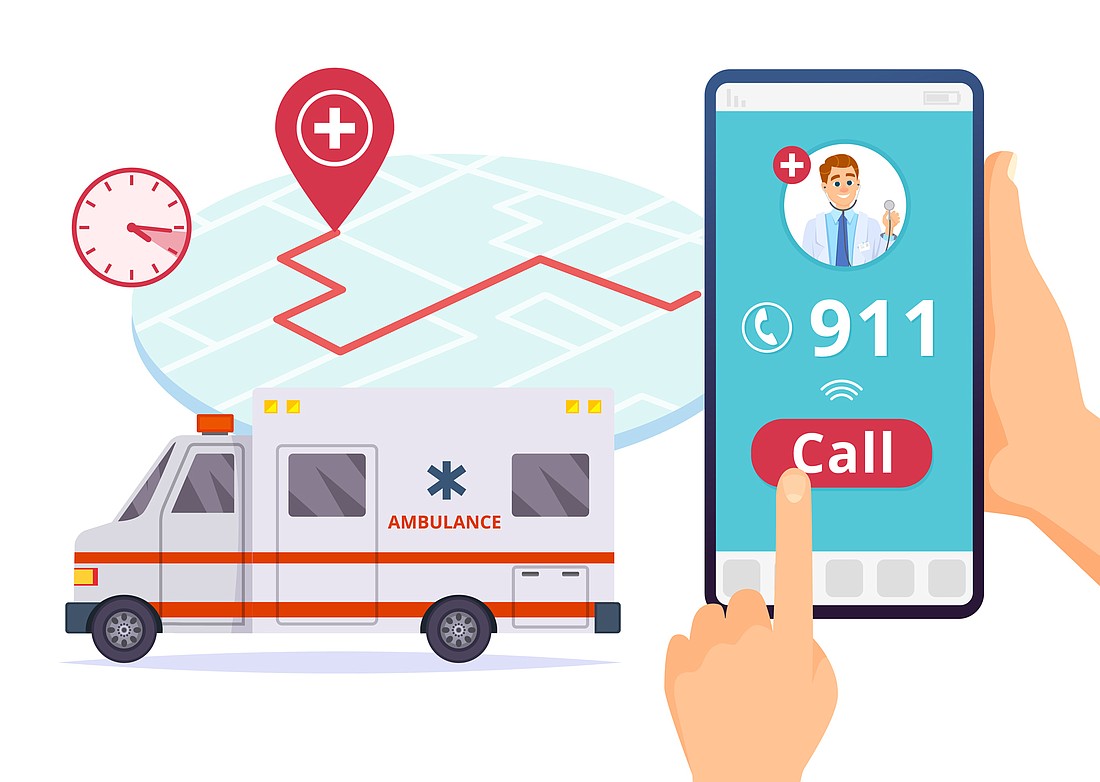- December 13, 2025

It’s about keeping residents safe – that when 9-1-1 is dialed, dispatchers can accurately and efficiently send first responders on their way to save lives and protect public safety.
Through a $361,924 grant awarded to Flagler County from the Florida E911 Board – and nearly two years’ time – allowed the county’s GIS (geographic information system) team, its partners, and a hired consultant to “scrub” the collective databases to ensure there were no discrepancies, and to ensure datasets meet the standards of the National Emergency Numbering Association.
“Our goal is to get our citizens the help they need as quickly as possible,” said FCSO Director of Communications Christina Mortimer. “Often we receive calls where our callers are not able to provide us their address, and we heavily rely on our mapping system to obtain the location. By having all of our information synched, it brings reassurance to both us and our citizens that the location generated on our map is correct.”
The effort included analyzing four databases – two that push information to the private sector for use by companies like UPS, FedEx, Google, and Amazon, as well as two that are tied to landline phone records. Accuracy of the first two mentioned databases are now at 98.9% and the two tied to phone records are now at 99.5%.
“There are so many moving parts in the 911 world that most people think is just an address,” said GIS Manager Darlene Pardiny. “Our small team works diligently on this data to get the most accurate information into our database for all of our first responders.”
Problems sometimes occur with landline phones when one person or entity owns more than one property, and separate phone lines are assigned the same billing address instead of individual location addresses. Before the project started, there was a potential issue with nearby chain restaurants owned by the same parent company.
“Fortunately, our dispatchers know their community, and they quickly recognized that the two establishments had the same owner and they moved the location of the call before they deployed the first responders,” Pardiny said. “However, they were distracted for 30 seconds to resolve this issue. We don’t want dispatchers to be distracted from a call for any reason that we can resolve in advance with technology.”
The NextGen format is standardized across the United States, which means counties can back each other up remotely and emergency provisions for this service can be established in hours instead of weeks.
“This provides a level of comfort that, if necessary, things really will be covered just fine,” Pardiny said.
Project partners include the following: